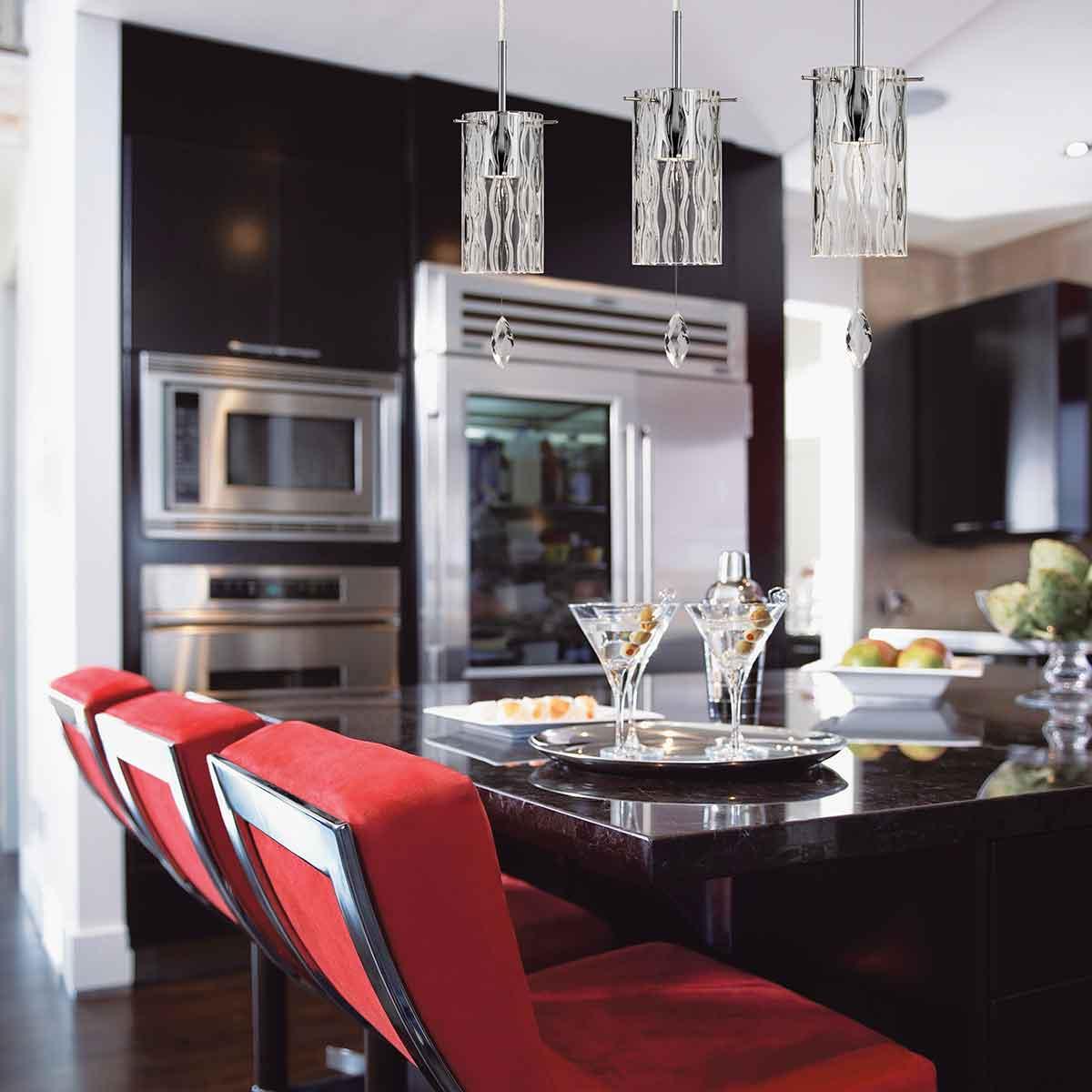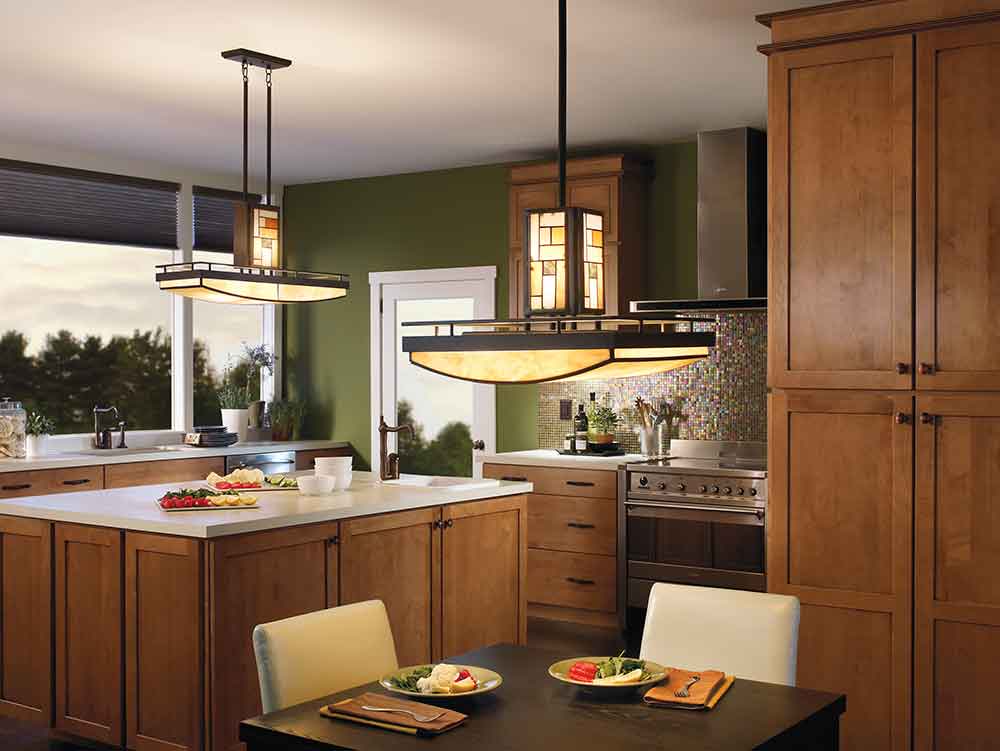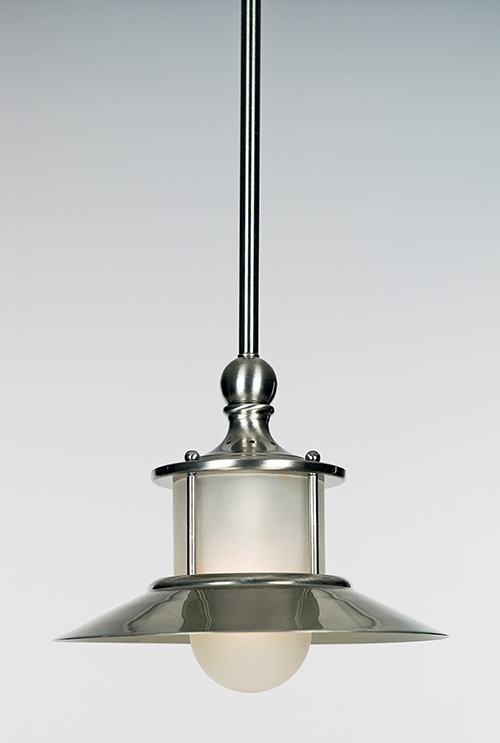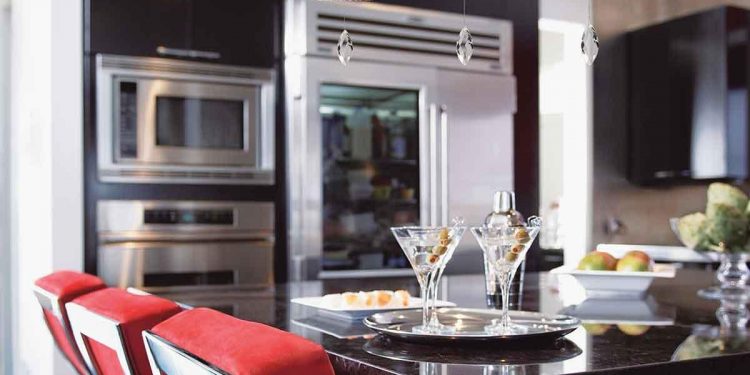
Renovating a kitchen can be a challenging proposition under even the best of circumstances. For starters, it makes eating a lot harder during the renovations, and if you love food as much as we do, that’s a problem. But getting the lighting just right is often the hardest part of the job.
You are watching: Kitchen Lighting Design Rules of Thumb
In today’s world, there are so many kitchen lighting ideas to choose from that homeowners often don’t know where to begin. Here are some topnotch kitchen lighting design rules of thumb to guide your decisions during the renovation process.
Universal Kitchen Lighting Design Rules of Thumb to Live By
Install a Diverse Array of Light Fixture Types
Nowadays, homeowners have so many options when it comes to fixtures that it would be very limiting to default to only ceiling domes out of sheer habit. Instead, why not consider, pendants, recessed wells, chandeliers, wall sconces or even track lighting to mix things up a bit? Use at least three different kinds of lights to deliver optimal lighting coverage to every crevice and cranny of your kitchen that needs to be lit. Variety is the spice of life, as they say. So mix those fixtures up!
Match Light Fixture Styles With the Overall Kitchen Lighting Design Scheme
The form factors, materials and finishes of the fixtures that you ultimately install should complement your kitchen lighting design scheme rather than detract from it. For instance, a ship’s galley kitchen theme is best served by vintage nautical lighting fixtures [LINK] made from rougher materials like steel, brushed nickel or burnished copper. A more contemporary kitchen lighting theme might benefit from light fixtures with non-traditional shapes made from synthetic materials. Or, if you’re looking to balance traditional and contemporary motifs, you may want to build your fixtures around Craftsman Mission Style lighting, which is popular and has a distinctively American feel to it.
Give Your Kitchen Lights Some Breathing Room
For the most part, it’s a bad idea to concentrate lighting in one area of a kitchen if you want to get the most utility out of your hardware. If you’re employing track lighting, space out the individual fixtures a few feet apart to amplify the aesthetics and performance of the array. Intelligent kitchen recessed lighting spacing is particularly important when it comes to overhead illumination. You also need to ensure that you have an appropriate mix of ambient, task, and accent lighting. These should each complement each other to achieve the correct level of brightness for every imaginable kitchen situation.

Pick the Right Bulbs for the Task at Hand
There are at least three kinds of bulbs that you could be using in your kitchen: incandescent, halogen and LED light bulbs. The best bulb for any given fixture depends on whether you’re providing task, ambient, accent or decorative lighting in any given area. For instance, toe kick lighting in kitchen layouts is generally implemented with strip LED lights. Overhead lighting for work areas typically calls for cool halogen or LED bulbs. It’s important to take into account the color temperature of your lights and bulbs as well because it will affect the mood of your room in a big way. If you’re wondering why you might want to switch some of your fixtures to LED lighting, well, there’s a whole host of reasons we’ve written about.
Opt for Dimmers Whenever Possible
Once upon a time, lighting fixtures that boasted dimming capabilities weren’t nearly as commonplace in kitchens as they are now. The release of high-tech LED fixtures with the right circuitry to support variable illumination control has changed all that. The ability to fine-tune light output will help you to get a lot more from your fixture choices. When researching your lighting options, make finding dimming-capable fixtures a priority. This will increase the amount of flexibility you have in your lighting and your ability to vary it to suit your mood and your current lighting goals. After all, cooking a turkey on Thanksgiving and having a romantic dinner on Valentine’s Day call for very different lighting situations – at least, we think so!
Don’t Overload the Space With Too Many Light Fixtures
Just because you have the room to install a fixture doesn’t mean that it’s a good idea. Too many fixtures will make it difficult to create an effective and aesthetically pleasing lighting scheme. If you choose your merchandise wisely, you won’t have to take an everything-but-the-kitchen-sink approach to installing fixtures. Keep primary fixtures to a sensible minimum and use auxiliary options like interior cabinet lights and puck lights to augment them.
A Few Excellent Kitchen Fixtures to Get You Started
1. Quoizel New England Mini Pendant
 While the Quoizel New England Mini Pendant boasts a decidedly nautical look, it can complement a variety of kitchen styles. Crafted from brushed nickel and acid-etched glass, this svelte model houses a powerful 100-Watt incandescent bulb for superior illumination. The three 12-inch extension rods that come with the New England Mini Pendant allow homeowners to fine-tune placement during the installation process.
While the Quoizel New England Mini Pendant boasts a decidedly nautical look, it can complement a variety of kitchen styles. Crafted from brushed nickel and acid-etched glass, this svelte model houses a powerful 100-Watt incandescent bulb for superior illumination. The three 12-inch extension rods that come with the New England Mini Pendant allow homeowners to fine-tune placement during the installation process.
Thanks to its compact profile, the Quoizel New England Mini Pendant is a great option if you’re interested in a row-lighting arrangement. Kitchen Islands and wide countertops are prime installation locations for the Mini Pendant. If you don’t have much space to work with, you could install this particular Quoizel model by itself as a standalone fixture over a breakfast nook.
2. Kichler Braelyn Island Light
Read more : How Do You Fix a Noisy Faucet?
 Available in Classic Pewter or Olde Bronze, the Kichler Braelyn 15-Inch Island Light is a study in old-fashioned industrial charm. Its six 60-Watt incandescent bulbs are arranged in three pairs and shielded by Clear Seeded shades. While this precisely engineered fixture is obviously a product of modern manufacturing, it would look right at home in any late 19th century residence or office.
Available in Classic Pewter or Olde Bronze, the Kichler Braelyn 15-Inch Island Light is a study in old-fashioned industrial charm. Its six 60-Watt incandescent bulbs are arranged in three pairs and shielded by Clear Seeded shades. While this precisely engineered fixture is obviously a product of modern manufacturing, it would look right at home in any late 19th century residence or office.
Though it can be used to enhance any area of the kitchen, this particular Kichler fixture is designed from the ground up for island illumination. The clear shades allow it to deliver an incredible amount of light when you need it most. It’s also an excellent addition to dedicated dining spaces in renovated kitchens that sport a farmhouse or industrial theme.
3. Casablanca 3 Blade Ceiling Fan

One of the most versatile ceiling fans around, the Casablanca Wisp is an eye-catching fixture that appeals to a broad swath of kitchen renovators. Available in Fresh White or Noble Bronze, the Casablanca Wisp is 12.1 inches in height and comes with an 18-Watt LED. An included universal remote allows for easy fan speed adjustment while you’re busy rattling pots and pans.
As far as aesthetics are concerned, the Casablanca Wisp sports a subtle contemporary look that meshes well with many kitchen layouts. If you’re interested in a more retro 1950s theme, this relatively compact model is a great option. Thanks to an impressive airflow rate of 4,527 cubic feet per minute, it’ll keep even the hottest kitchens as cool as a cucumber. Which, if you haven’t seen a cucumber lately, is very, very cool.
How to Guarantee Stellar Kitchen Lighting Design Outcomes
Before you sketch out your kitchen lighting design scheme according to these kitchen lighting design rules of thumb, it’s best to brainstorm ideas by perusing a variety of options. The Capitol Lighting Kitchen Collection is always a great place to start! When in doubt, consult a qualified lighting expert for tips on how to plan kitchen lighting layouts the right way. Follow our guidelines, do your research, consult an expert, and you’ll be done renovating – and back to eating! – in no time at all.
– The Capitol Lighting Team
Source: https://gardencourte.com
Categories: Kitchens

